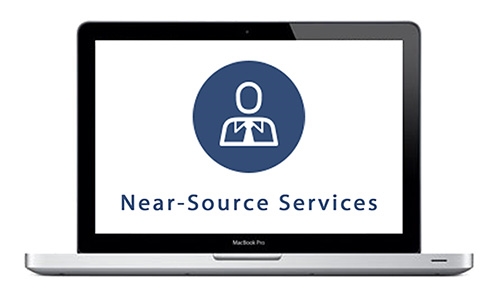Cloud computing refers to the “next evolution” of the Internet and how users (you and me) access, store and work with applications, files, e-mail, data and more. Instead of having all your files and applications stored on a PC or laptop, cloud computing puts this workload onto a high-speed, high security server that you access via any Internet connection or device. Why do this? Several reasons: You can connect to your files and applications from anywhere on (practically) any device. You’ll save a lot of money on IT support, maintenance and software since those responsibilities are assumed by your cloud provider. You only pay for the applications, storage and software you use. A good comparison for this system is the way you access the electricity that runs into your home or office. To use it, you just plug the appliance of choice into any outlet. Like electricity, which is metered, with cloud computing you just pay for the services you use. Most cloud solutions offer instant backup and the ability to be back up and running again fast. Since your files and applications are hosted online, a failed server or PC won’t put you out of business, and the chances of a data center going down (the place where your files and apps are stored) is very, very slim. Chances are you’re already using cloud computing without even knowing it. If you bank online, access an e-mail service like Yahoo! Mail or Gmail, or use an e-mail broadcasting service like ConstantContact, you’re using cloud-based apps (also called SaaS or “software as a service”). Many businesses are moving to cloud computing because it frees them from having to install, maintain and upgrade expensive, overblown PCs that cost a lot to maintain. It also makes adding and removing users (or employees) quick and easy since you simply pay for what you use each month and nothing more. Other advantages include unlimited storage, automatic backups, higher-level security and the ability to access your information from any device anywhere. Plus, cloud-based networks don’t require the ongoing maintenance that traditional server-workstation networks require. However, not every application or situation is suited for the cloud. While many line-of-business applications still can’t be hosted in the cloud and require a commercial-grade Internet connection with a backup such as DSL or cable, there’s no doubt that cloud computing is here to stay. Advances are being made rapidly to make it the better solution for most businesses. Of course, we’re here to help you understand your options and the pros and cons.

